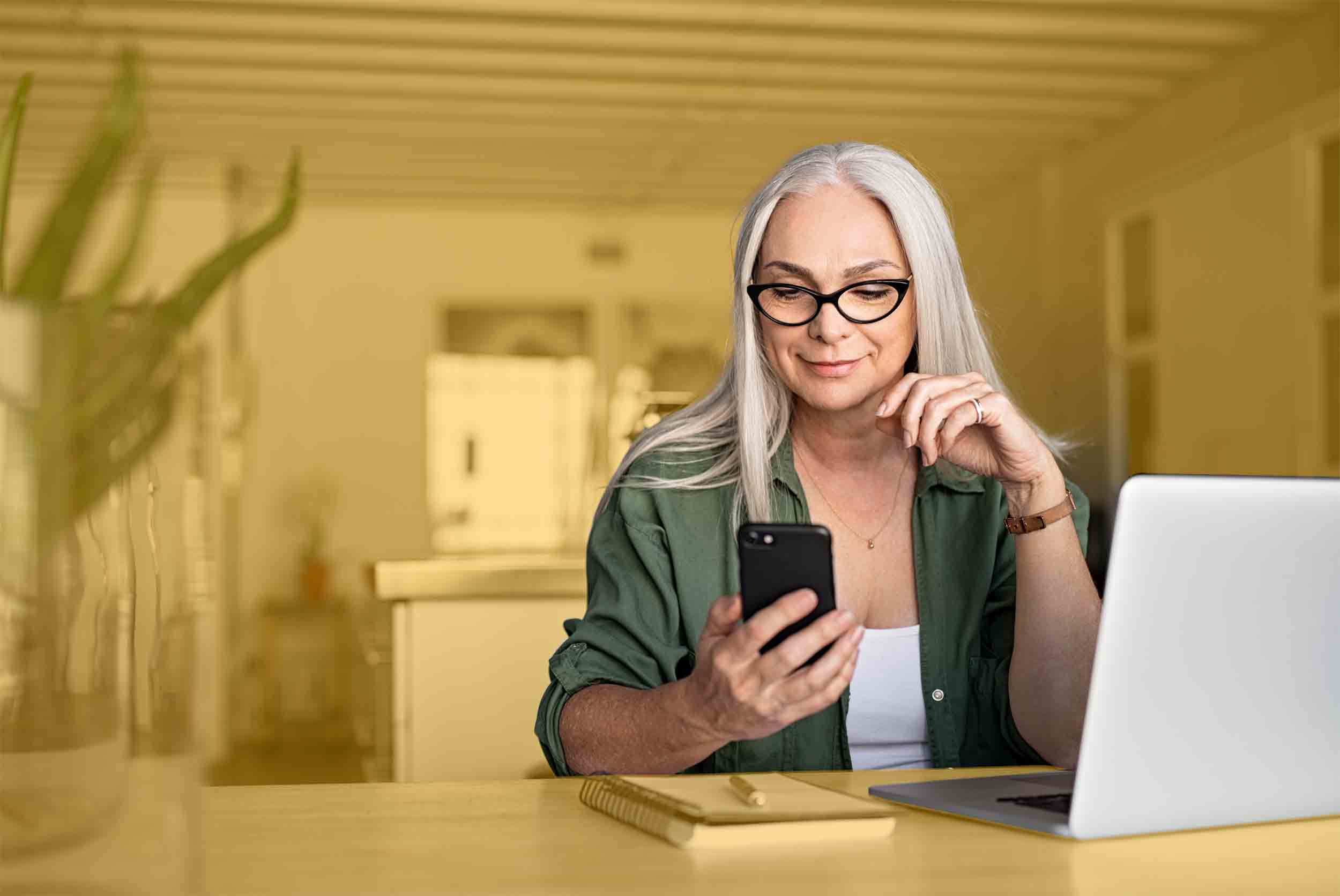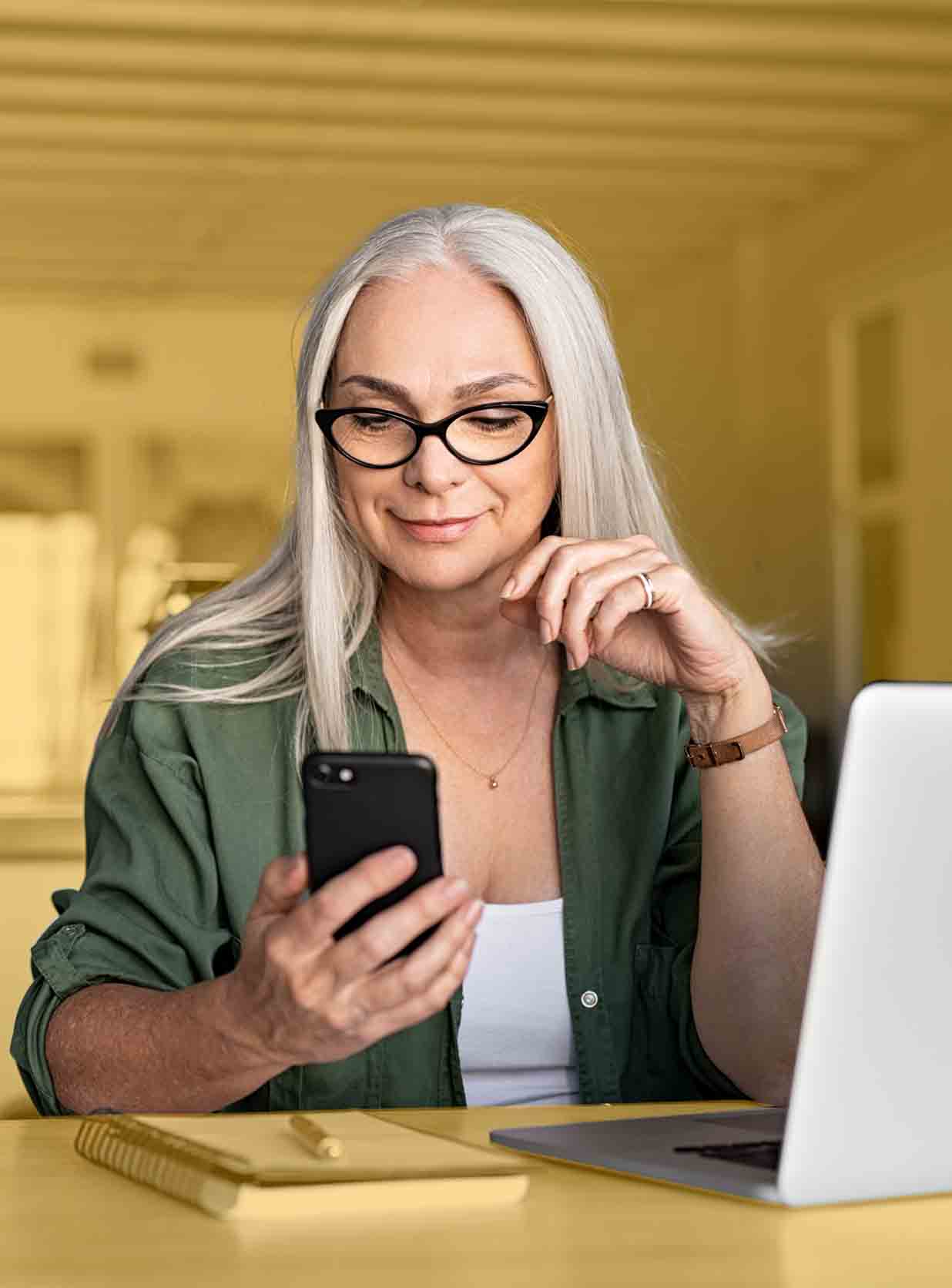From a very early age, through my teenage years and into my early twenties, I was obsessed with my appearance. It started when I was quite young; my dad likes to tell a story about the time my 5-year-old self stood in front of a wardrobe full of clothes, threw my arms up, sighed audibly and stated, “I have nothing to wear” before Kindergarten one morning. As a pre-teen, my favorite way to spend a Saturday afternoon was to walk down to the local drugstore to buy beauty magazines and discounted makeup. In college I dyed my hair and pierced my eyebrow, all with the goal of achieving a certain look.
When I say I was obsessed with my looks, though, I want to be clear that my obsession wasn’t with how great I thought I looked. Quite the opposite, actually, I loathed my looks. I bought beauty magazines and experimented with makeup and different hairstyles because I was desperate to improve my appearance, desperate to find the secret formula that would make me as beautiful as the models in the magazines so I could love myself. And I secretly hoped that was the key to getting others to love me as well.
The Airbrushing Secret
When I was 12-, maybe 13-years-old I bought a copy of Seventeen that featured actress Natalie Portman on its cover. I remember staring at it and studying it intensely over the years – I saved it until I went to college – and being mystified by how flawless her skin appeared. There wasn’t a blemish, a pore, a freckle or an acne scar to be seen. Even though I wasn’t plagued by acne until my very late teens, I could still see moles, visible pores and other imperfections on my own face that she didn’t have. And, for the life of me, I couldn’t figure out how her skin was so perfect and why mine wasn’t; what is her secret?, I wondered. I didn’t occur to me until, quite honestly, very recently that the photo had been airbrushed.
I felt inadequate as a result, but that didn’t stop me from continuing to scrutinize the models and actresses in those magazines in order to gauge how I stacked up in comparison. This dangerous practice led to even more damaging thoughts and practices; I carefully rationed the lunch my mom would pack for me throughout middle and high school, eating only the pretzels and carrot sticks and discarding the rest. I pedaled furiously on the Nordic Track in our basement at home. I felt guilty on the days when I didn’t exercise or when I ate “too” much and wrote mean notes to myself in my journal, etching in giant inky black letters “YOU’RE FAT”.
Thing is, I wasn’t. And I’m not, and it doesn’t matter if I was. No, I don’t look like Natalie Portman, but who does? Let’s be honest, not even Natalie Portman in magazines looks like Natalie Portman in real life. But like so many women, from a young age I was inundated with media messages that taught me my worth was in my appearance.
Finding Acceptance
It took me until about my early-to-mid-twenties to get to a place where I started to learn how to let it go, to accept myself fully as I am and to see my value beyond skin, hair and weight. It happened, in part, because I started to realize that other people already valued me for things far deeper than skin. Mostly, though, I was just plain tired of worrying about how I looked all the time. I realized that, in some ways, it was just easier to let it go and to trust that I could still love myself, and that others could still love me, if I did.
It was also around that time that I moved to Colorado and started falling in love with the outdoors, with hiking and biking and, as a result, started to value my body less for what it looked like and more for what it could do. I exercised because it brought me joy and peace to spend an afternoon walking in the woods. I ate healthy foods because it made me feel good and gave me fuel to do the things I love. I started writing more, began to pursue a career in nonprofits and, as a result, learned to revel in compliments I received and achievements that had nothing to do with how I look.
I can’t tell you, though, that I don’t still worry a little too much about how I look at times. It happens. Sometimes I still feel overwhelming guilt for skipping a workout or two or I feel like a failure for eating too many french fries. I’ve missed out on social engagements in the last year because of an exceptionally large pimple. And I’ve even heard that evil voice from my teenage journal call me fat when my jeans fit a little too tight. But the difference between now and when I was younger is that now I’m equipped with tools that help me fight back so I can avoid spending too long worrying about or dwelling on these things.
Starting a Conversation
I wish I’d had these tools when I was younger. I wish someone had told me about airbrushing and talked to me about the objectification of women and girls in media. I wish I had understood that the definition of beauty isn’t one-dimensional and that how I look has nothing to do with my worth as a human being.
Unfortunately, things aren’t any easier for young men and women today. They’re blasted with misleading images and messages about worth and beauty from multiple outlets every day, every hour, every minute, which is why it’s more important than ever that we make sure all of us – adults and teens alike – are equipped with the tools that can help us fight back. The first step in building an arsenal of tools is talking about it. We need to gather information about what’s wrong and what we can do about it and we, as communities, need to have discussions about it.
Please join me in taking this first step on Thursday, March 5 at “Your Body, Your Image”, a Vail Symposium panel discussion featuring Seher Ali (student at the University of Windsor, member of the SPARK Movement), Dr. Caroline Heldman (professor at Occidental College and contributor to “The Mask You Live In” and “Missrepresentation”), Danica Lo (Online Editor-at-Large for Glamour) and Dr. Jill Squyres (Vail Valley-based psychologist). Together these panelists will discuss the impact of media on gender and body image and will provoke conversation about these important issues amongst attendees. Click here to learn more and to register to attend this program.

